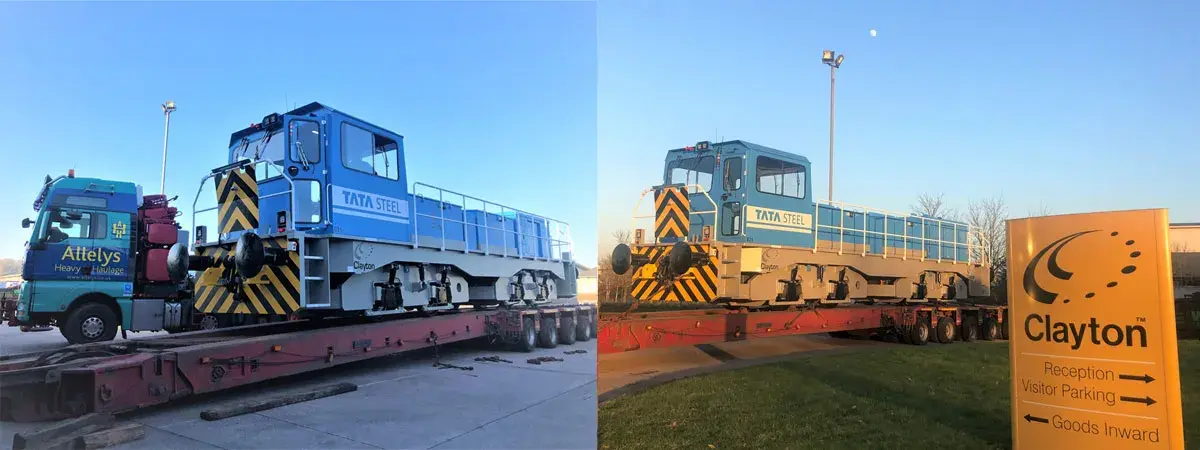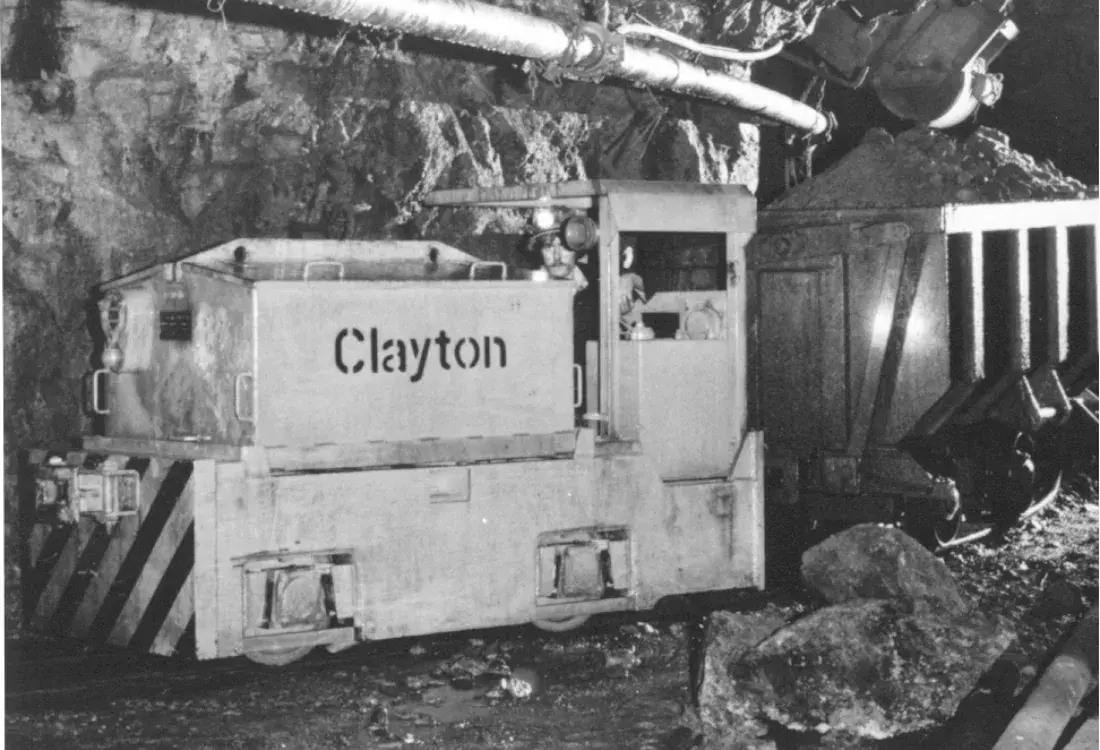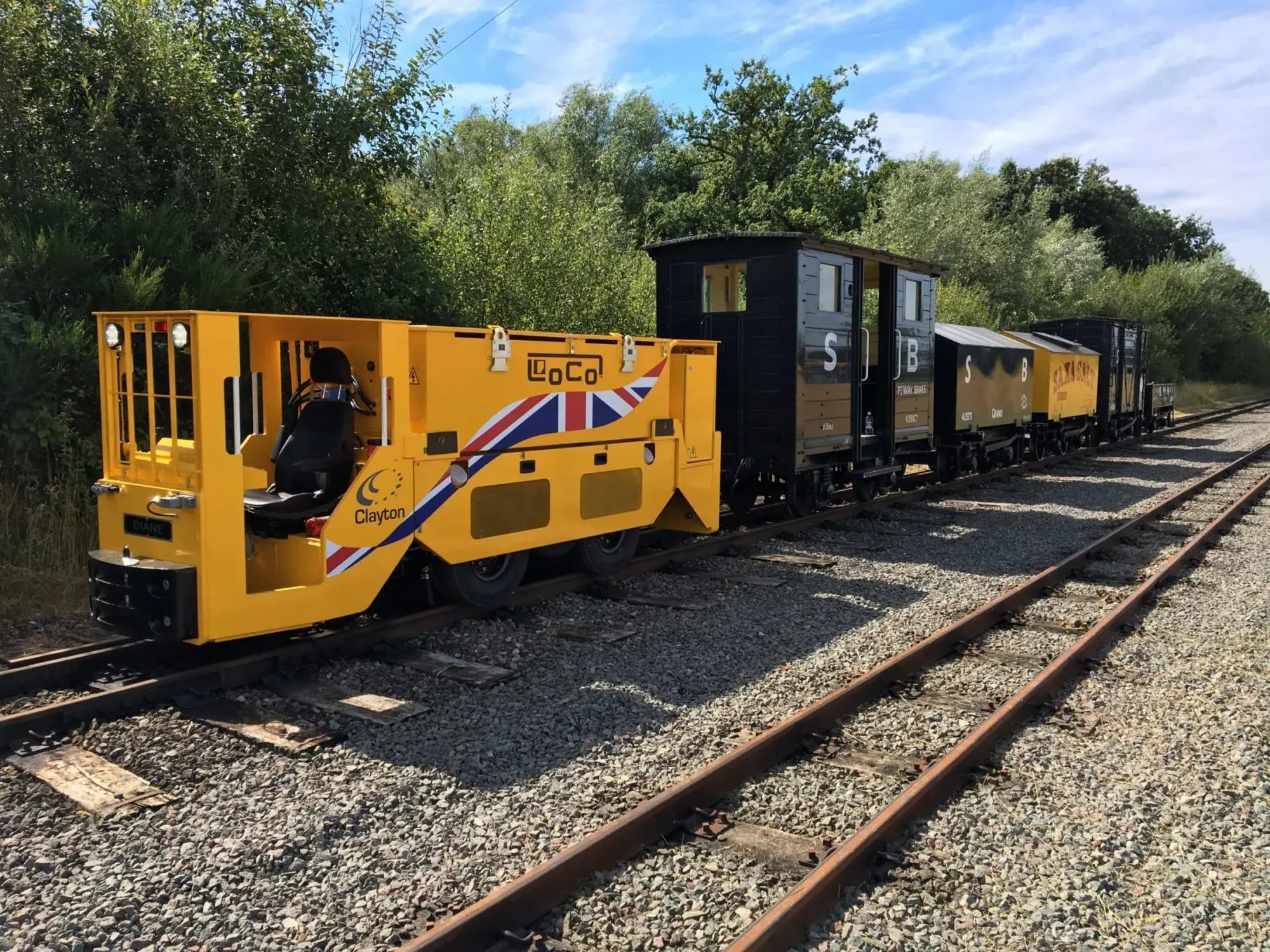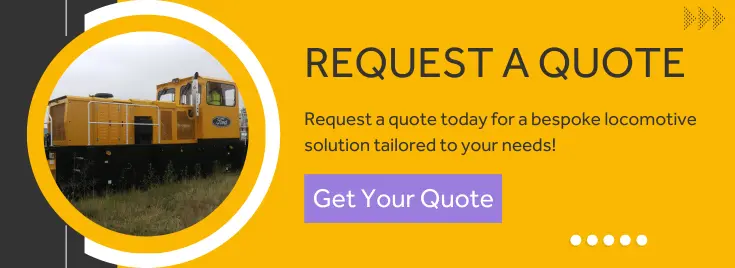Choosing The Right Locomotive For The Freight And Logistics Industry
By Jessica Salt on October 22, 2025
Selecting the right locomotive for your freight and logistics operations is a key decision that can have a wide-ranging impact on long-term efficiency, cost-effectiveness and environmental sustainability. Advancements in the technology used to power locomotives is presenting businesses with a bigger range of options than ever before, with everything from diesel-electric to battery-powered models available. That’s why it is essential that businesses understand their operational needs, enabling them to make informed choices. After all, this is a decision that can affect long-term productivity and costs and may impact the future of the whole business.
Understanding Your Freight Needs
The basis of any locomotive decision-making process is understanding your freight requirements, which involves accurately assessing travel distances, weight, terrain and other physical factors. Different models are designed to operate in specific conditions and handle various load types and sizes. And choosing the appropriate power source can have a positive impact on operational efficiency.
For example, for longer haul freight over large distances, an electric diesel locomotive remains a reliable choice, thanks to their high fuel capacity and power output. These models are better suited to heavier loads and on routes where terrain may be challenging. However, battery-powered locomotives are generally considered more sustainable over shorter distances and in environmentally regulated areas.
Weight capacity is another key feature, with larger loads requiring more powerful locomotives with increased traction. However, battery technology is improving all the time and becoming increasingly viable for mid-range needs.
Cost Considerations
As well as the initial purchase cost of any locomotive, the choice of power source can have longer term financial implications. Fuel consumption, maintenance costs, downtime considerations and part replacement all play a part in the longer term financial viability of any decision. Diesel-electric locomotives come with more significant fuel expenses, making them less suited to businesses looking to reduce consumption. Battery locomotives deliver much lower fuel costs and emissions, and often require less maintenance due to fewer moving parts. Hybrid models offer an attractive middle ground between the two.
Sustainability And Environmental Factors
Sustainable business practices are an increasingly important part of any operation, often reinforced by regulatory pressures and sustainability goals. Which is why battery-powered and hybrid models are becoming the go-to locomotive choice for businesses looking to align with their green initiatives. These models are particularly popular for operations in urban areas or where stricter compliance rules are in place.
Choosing a battery or hybrid locomotive can enhance corporate business responsibility efforts and help to meet sustainability commitments, while also helping to bring down costs and reduce emissions. And with advances in green technology and infrastructure happening all the time, these kinds of locomotives are becoming a more attractive option.
At Clayton Equipment, we understand the importance of choosing the right locomotive for your specific needs. Our team’s extensive experience and proven track record of building reliable locomotives can help you find the perfect solution for your business. Speak to an expert today!
- News (101)
- Battery Locomotives (36)
- Low Emission Rail (21)
- Diesel Locomotives (10)
- Mining Locomotives (10)
- Shunting Locomotives (10)
- LocoWatch (5)
- Locomotive (5)
- Sustainability (5)
- Battery Locomotives Battery Locomotives (3)
- IoT Telematics (3)
- 90 Years (2)
- Case Study (2)
- Haulage (2)
- Battery Shunter Locomotives (1)
- Clayton Equipment (1)
- Freight And Logistics Industry (1)
- Shunting Locomotives Shunting Locomotives (1)
- Switcher Locomotives (1)
- Telematics (1)
- November 2025 (1)
- October 2025 (2)
- September 2025 (2)
- August 2025 (2)
- July 2025 (3)
- June 2025 (4)
- May 2025 (1)
- April 2025 (2)
- February 2025 (1)
- January 2025 (1)
- September 2024 (1)
- August 2024 (2)
- July 2024 (2)
- June 2024 (2)
- May 2024 (1)
- April 2024 (1)
- March 2024 (1)
- February 2024 (1)
- January 2024 (4)
- November 2023 (1)
- September 2023 (1)
- August 2023 (2)
- July 2023 (2)
- June 2023 (2)
- May 2023 (2)
- March 2023 (2)
- February 2023 (3)
- January 2023 (2)
- November 2022 (2)
- October 2022 (1)
- August 2022 (1)
- July 2022 (4)
- June 2022 (1)
- May 2022 (1)
- April 2022 (2)
- March 2022 (3)
- February 2022 (8)
- January 2022 (1)
- November 2021 (3)
- October 2021 (1)
- September 2021 (3)
- August 2021 (7)
- July 2021 (7)
- June 2021 (7)
- April 2021 (1)
- January 2021 (1)
- December 2020 (2)
- August 2020 (1)
- March 2020 (4)
- February 2020 (3)
- January 2020 (4)
- December 2019 (1)
- November 2019 (2)
- October 2019 (3)
Subscribe by email
You May Also Like
These Related Stories

New Locomotive for Tata Steel UK on the move
The second of three new Clayton Equipment CBD90 locomotives, a 90 tonne Hybrid Bo-Bo locomotive designed and built in the UK for over 20 years is now …

Revolution On Rails: The Dawn Of The First Battery Operated Locomotive
Today, electric vehicles are fairly commonplace and battery operated locomotives are becoming increasingly more established. However, it has been a lo …

Low cost, innovative LoCo™ tunnelling Locomotive
The LoCo™ has been designed and developed specifically to address the needs of tunnellers for haulage applications. When compared to traditional locom …



No Comments Yet
Let us know what you think